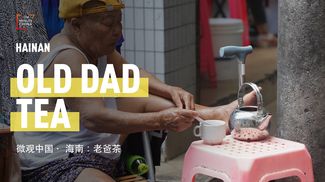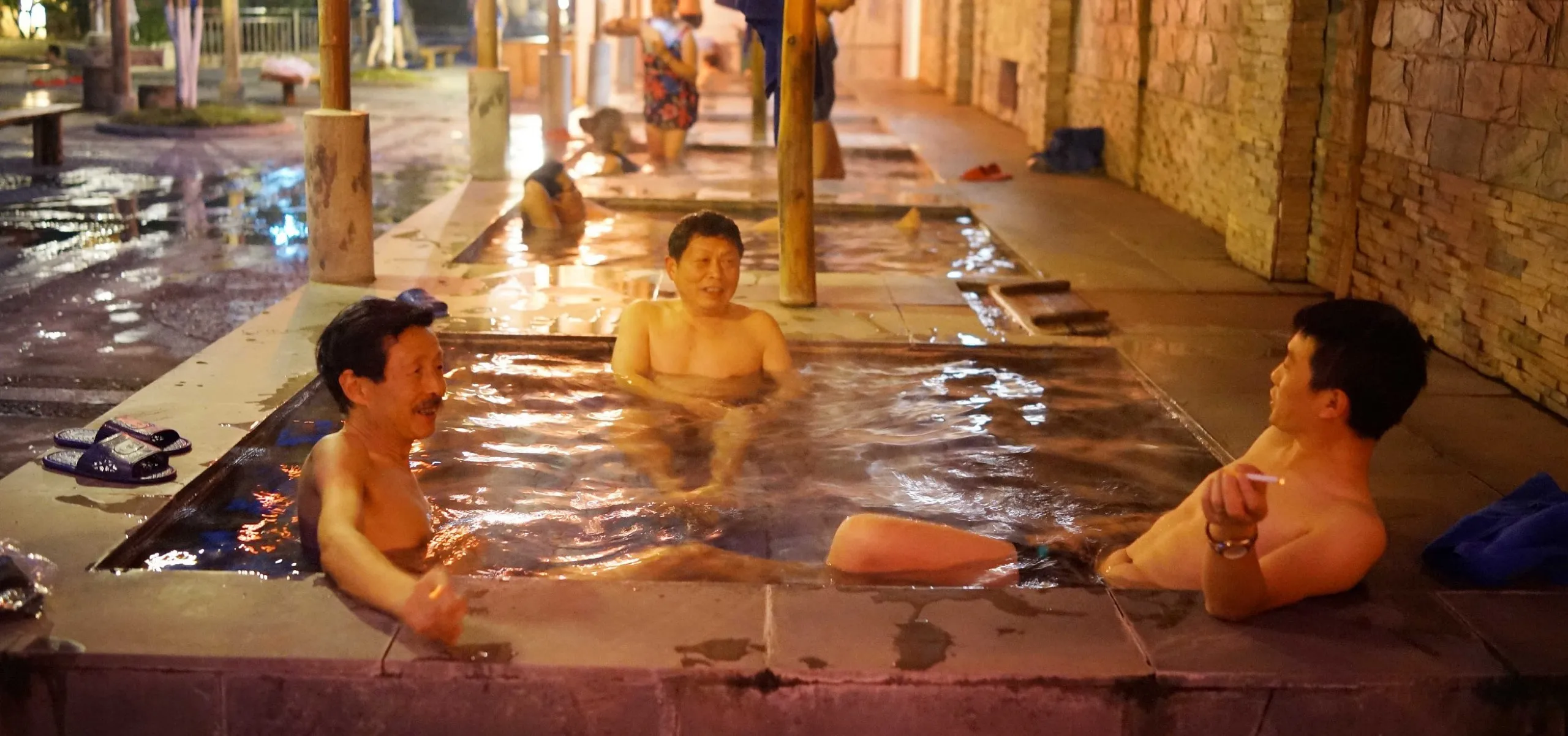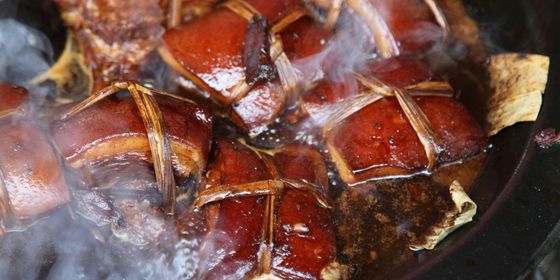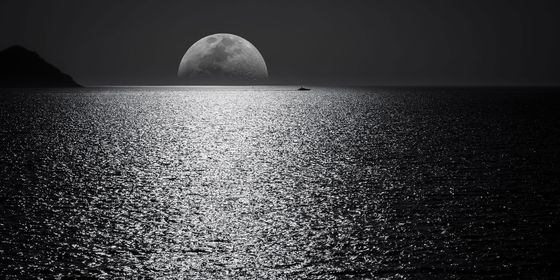Northern bathhouses are famous for their vigorous scrubbing, while gentle massages in the South lull bathers to sleep
When Marco Polo visited Kinsay (present-day Hangzhou), the former capital of the Southern Song dynasty (1127 – 1279) in the 13th century, he described it as “without a doubt the finest and most splendid city in the world.” He found that the residents enjoyed boating on West Lake, and another popular pastime—bathing. In a city of one million residents, “there are over 3,000 public bathhouses,” the famous explorer wrote.
In ancient China and today, bathing has always been more than just a way of getting clean. China’s centuries-old bathing traditions have become a part of culture, with the North and South of the country developing distinctive bathing customs over the years.
According to the Book of Rites (《礼记》), a collection of texts on society and politics of the Zhou era (1046 – 256 BCE), when guests visit from afar the host should treat them to a hot bath to wash away the dust from their journey (洗尘 xǐchén) before serving the food. Even families that could not afford many delicacies for dinner would still draw their guests a bath—bathing was thus the primary way of showing courtesy to a visitor in one’s home.
Ordinary folk would save the water after washing rice (淘米水 táomǐshuǐ) for affordable bathing, while the privileged would buy “bath beans (澡豆 zǎodòu),” balls of soap made by mixing soy bean powder and other herbs. Meanwhile, public bathhouses were a popular alternative to private baths, and gained the name “fragrant water houses (香水行 xiāngshuǐ háng)” in the Southern Song dynasty for the pleasant smell they lent to those who washed in them.
Bathing cultures can be divided into two main types based on traditions in the North and South. In the North, where the arid climate means people can have dry and flaky skin, bathing involves strong, rough, even painful scrubbing to remove dust and dead skin, and revitalize the body.
Scrubbing (搓澡 cuōzǎo) is at the heart of bathing in the northeast of China. At public bathhouses, attendants use a notorious small but vicious scrubbing cloth (搓澡巾 cuōzǎojīn) to rub customers’ backs. “Scrub masters” in the bathhouses can remove all the hidden dirt from the body, at the expense of leaving the skin feeling raw or burned.
For more experimental bathers, salt, milk, vinegar, or red wine can replace water for the rub-down. Once the back is thoroughly scrubbed clean, the scrub masters splash near-scalding water on the bather from head to toe. It’s painful, but utterly addictive—the raw sensation is all part of the cleansing process.
In Shenyang, northeastern Liaoning province, bathhouses can be as grand as palaces. Far from just bathing, these complexes today offer movies, video games, karaoke, and food and drink for after the bath. They also make the perfect place for contemplation. A local saying goes, “There’s no problem a bath cannot fix. If there is, go and soak yourself again.”
Shenyang is also a famous mecca for barbecue, and a trip to the bathhouses in the city isn’t complete without a post-soak meal of meat skewers. Bathhouses are nearly always located close to a barbecue joint, and locals can spend a whole evening bathing, then eating with friends and drinking a few ice-cold beers. There is a common northeastern phrase to describe th relaxed feeling: “Deijin (得劲, comfortable and at ease)!”
In the humid South, people generally have softer skin, and the bathing style is therefore gentler, even aesthetic.
The most famous city for bathing, and the birthplace of southern bathing culture, is Yangzhou in east-central China’s Jiangsu province. A local saying, “In the morning, skin wraps water; in the evening, water wraps skin,” refers to the city’s two most famous attractions, dumplings and bathing.
Yangzhou bathing has a history as old as the canals that made it a prosperous trading town, reaching as far back as the Warring States period (475 – 221 BCE). But the Grand Canal, built in the Sui dynasty (581 – 618), led to a boom in bathhouses in Yangzhou as the city became a bustling trade hub and merchants needed somewhere to unwind after a busy day of deal-making. The public bathhouses were social venues here, too, which meant business relationships could be formed while the parties enjoy a hot soak together.
When the Qianlong Emperor of the Qing dynasty (1616 – 1911) visited the Yangzhou bathhouses in the 18th century, he remarked that the experience was “one of a kind.” In modern times, Wei Minghua, director of the Cultural Research Institute of Yangzhou, described the continued attraction of bathhouses in the city in a Shanghai Daily article in 2013: “People from all walks of life join in the same pool. Whether rich or poor, everyone is equal when they are naked.”
In Yangzhou, the whole bathing process is comprised of back-rubs (擦背 cā bèi), scalding (烫背 tàng bèi), and “drumming (敲背 qiāo bèi).” The scrubbers in bathhouses are masters of “drumming” on customers’ backs, pressing and prodding just the right spots to create a relaxing “rhythmic” massage.
If the energetic scrubbing of the north is like kung fu, perhaps the southern version is more like the slow, graceful moves of tai chi. Lying on a northern scrubbing board, some may feel like a fish being ruthlessly de-scaled; whereas in a Yangzhou-style bathhouse, the sensation is of being gently caressed, even lulled to sleep.
Scrubbers in Yangzhou rely on a technique known as “Eight Light, Eight Heavy, Eight Thoughtful (八轻八重八周到 bā qīng bā zhòng bā zhōudào)” which describes where and how to rub and apply pressure to different parts of the body to provide the most relaxing and cleansing effect. The technique is recognized as an “intangible cultural heritage” by the Yangzhou city government.
Nowadays, bathhouses in north and south are upgrading and developing into one-stop entertainment venues, with buffets, massage tables, video games, karaoke bars, and steam rooms all available on site. But while bathhouses all over the country now claim to offer baths in the “Yangzhou” or “Northeastern” styles, one must make the journey to the birthplaces of these bathing cultures for the most authentic experience.














